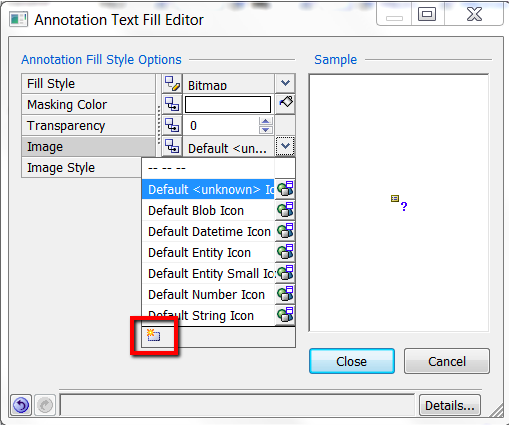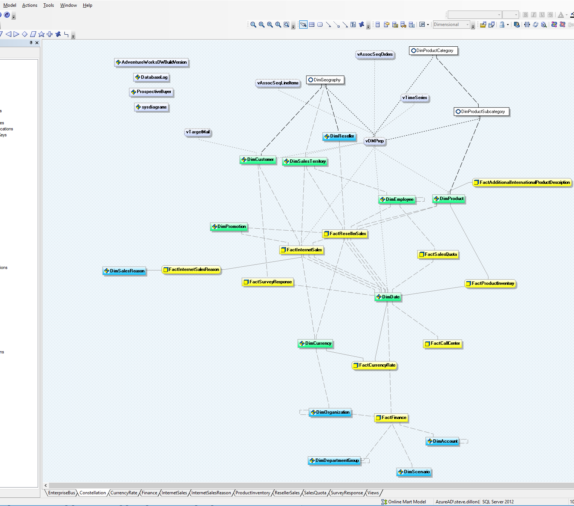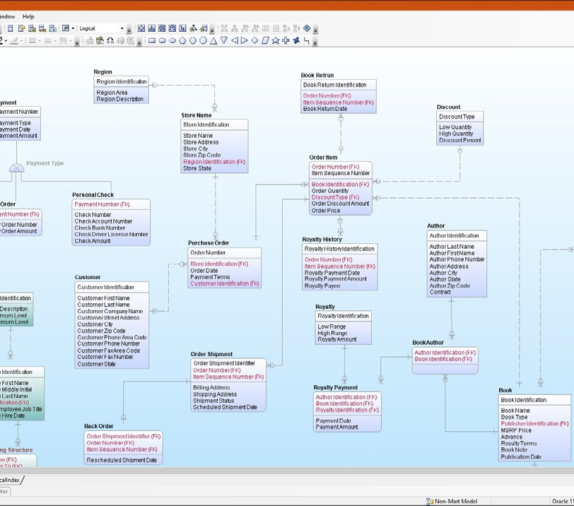erwin DM R12 – Importing objects into erwin DM models from Excel
There are various methods that one may use to import objects such as attributes and entities from Excel into an erwin model. Which one you use will be highly dependent on both the format of your source data and how you want to integrate the new objects into erwin. Are you simply creating a new model from an Excel definition, or are you using excel to integrate automation with your modelling?
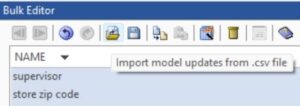
The first method which many may already be familiar with is the bulk editor, supporting the ability to export the results to a CSV file, editable using excel before importing the updated objects back into the source model. The downside of using the bulk editor of course is that only objects which already exist within a model can be updated. New objects cannot be created.
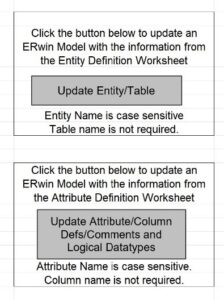
To add new objects on top of updating existing attributes, rather than using existing tools within the Data Modeler, we can use external scripts through the erwin DM API. Utilizing the VBA macro editor within Excel you can build a script to take any format of data and update or add new objects into a new or existing model.
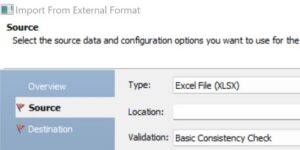
Rather than update an existing model, the third and fourth models both create a new model completely, either by using the built-in MITI import bridge where each Excel sheet represents a table, or indirectly using Excel functions. Through the use of functions built into Excel a list of entities and attribute definitions are formatted into an oracle DDL script, which can then be reverse engineered as a standard SQL file. Which method you use will depend on the format of the source data.


